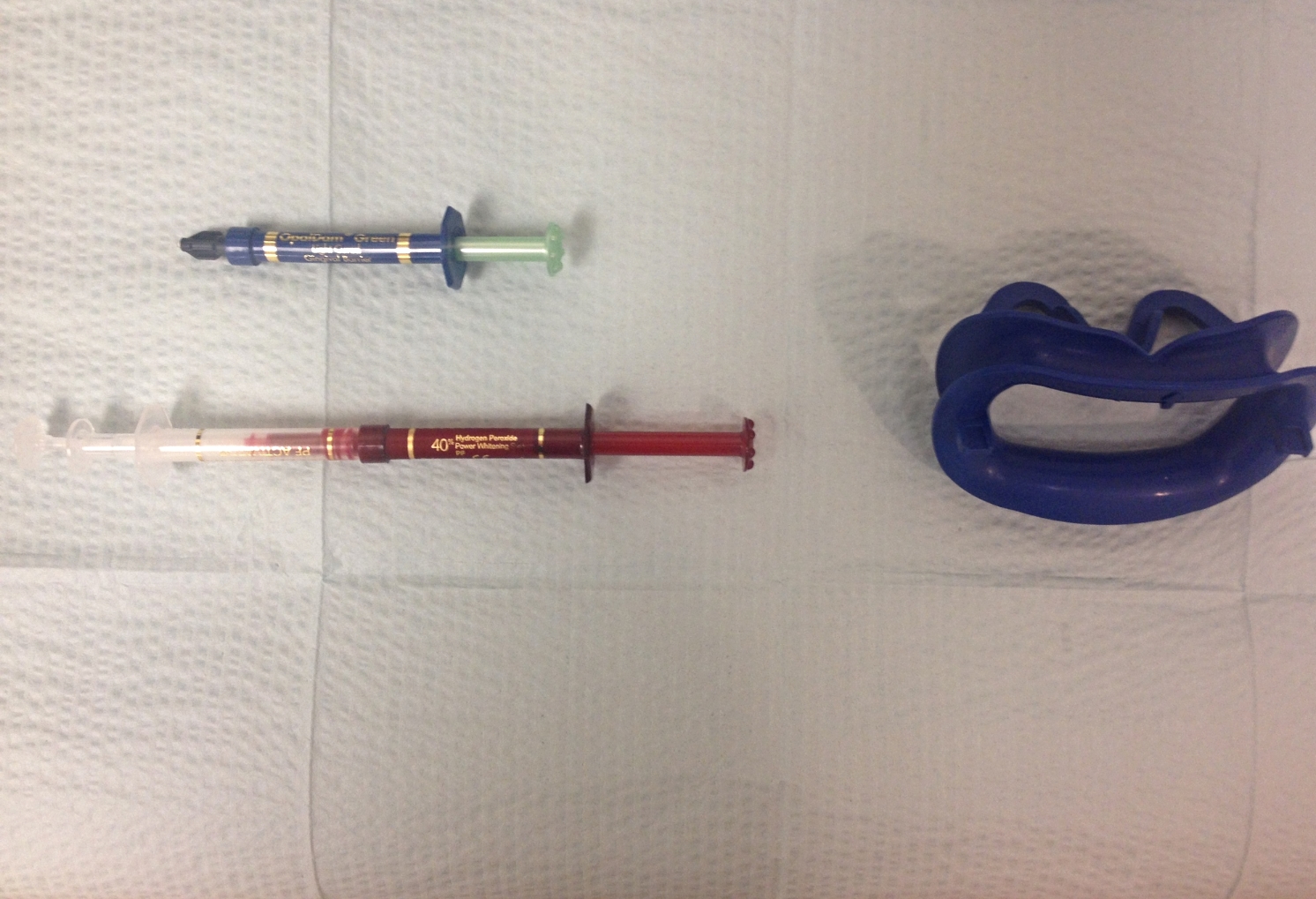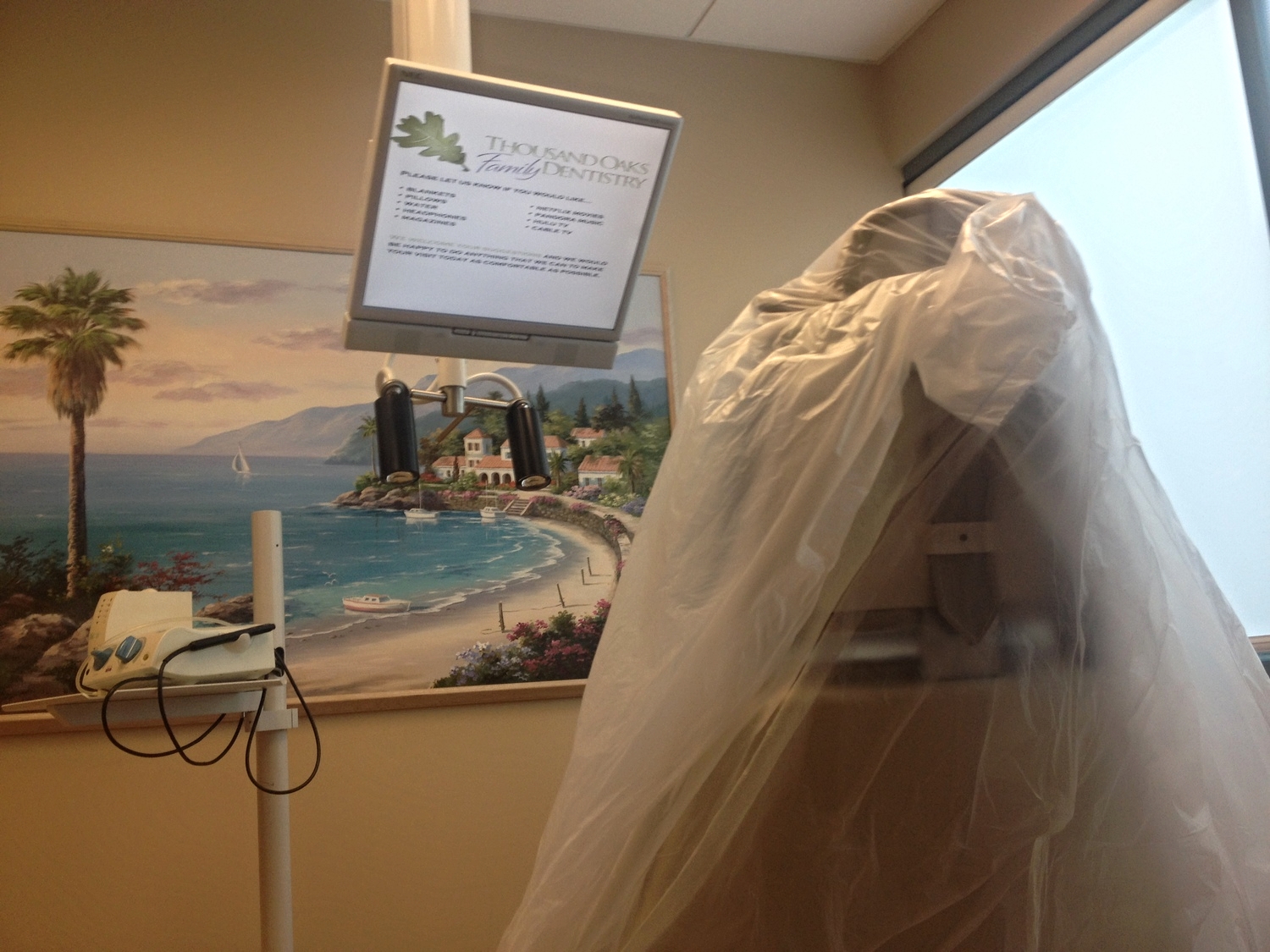Tooth whitening is the most commonly requested cosmetic procedure at dental offices nation wide. Lightening the shade of dental enamel can create a dramatic change that draws attention to your smile. As such, you have probably seen products like Crest WhiteStrips at your local pharmacy and wondered if they were worth the investment. Why would someone choose these over a professional bleaching treatment performed at a dental office? For these answers and more, read on!
Any tooth whitening product that works (from a scientific perspective) will have some concentration of a peroxide compound. Peroxide works by oxidizing the pigments that have leached into your teeth and removing their colors. Typically, dental products contain either carbamide peroxide or hydrogen peroxide suspended in some type of gel.
The main difference between a whitening strip, a bleach tray and an in-office bleaching session is the concentration of peroxide. Since these compounds are slightly caustic, high levels of peroxide can cause gum irritation or discoloration. For an in-office whitening session, the gums can be safely guarded and isolated, allowing us to use a higher level of peroxide. As a result, you will see an almost instantaneous change in the shade of your dental enamel. With a product like WhiteStrips, the plastic tray is not custom molded to your teeth and is bound to contact your gums or become leaky out the sides. Hence, a lower concentration of peroxide must be used, with noticeable results taking longer to appear.
Which type of whitening is best? That can only be answered on a patient-by-patient basis. For those looking for a cost effective change without a deadline, over-the-counter whitening strips are a great option. If you're looking for a single treatment that brings almost instant results, in-office bleaching might be better. It really depends on what you hope to accomplish and how much time you can devote to your treatment. If you would like to know more about tooth whitening, dental bleaching or other cosmetic procedures, please give our office a call!















